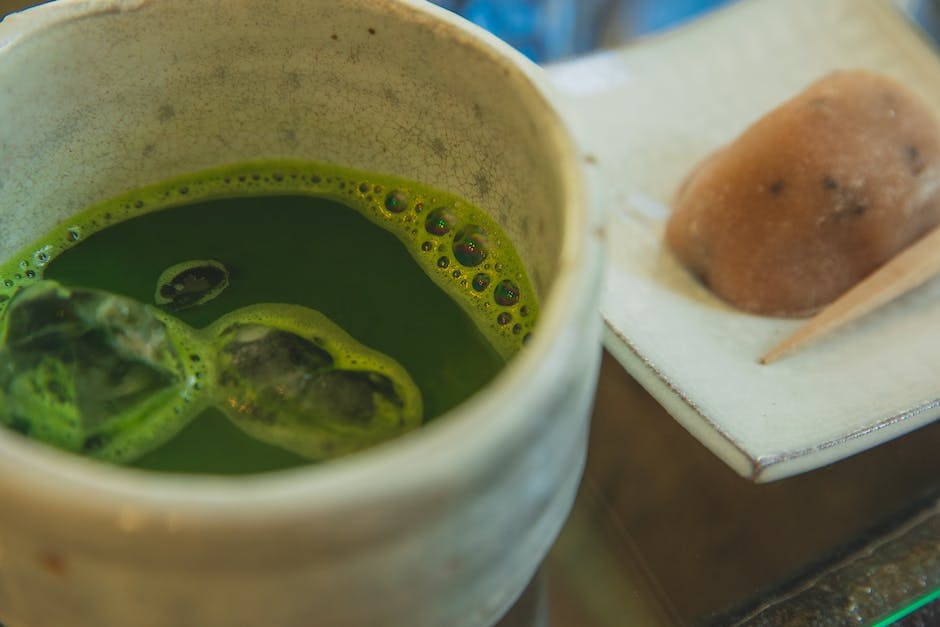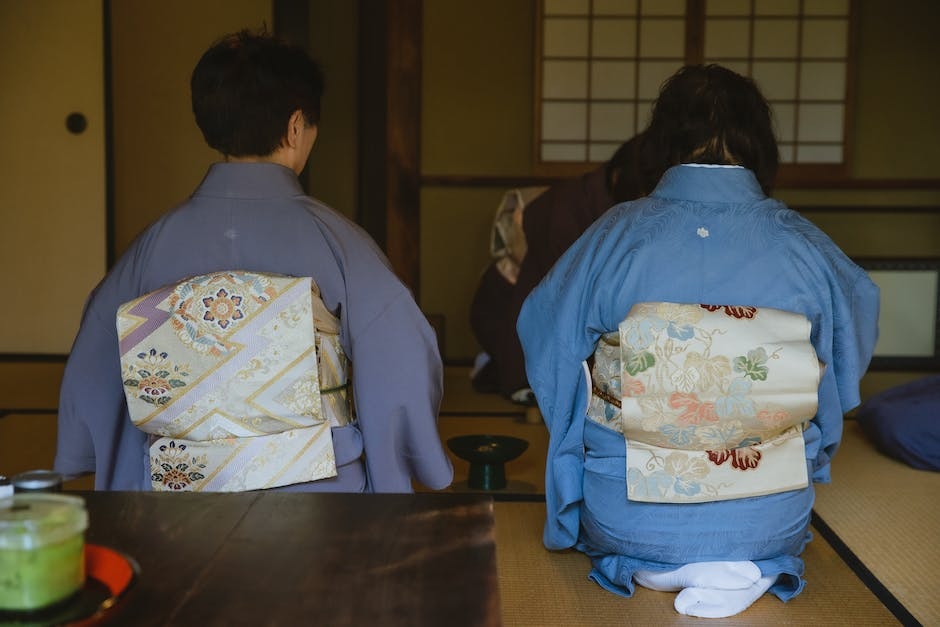Discover the Unique Flavors of Oolong Tea from China, Japan, and Taiwan
Tea lovers around the world are constantly seeking new and unique flavors to add to their collection, and one tea that has been gaining popularity in recent years is oolong tea. Originating in China, oolong tea has made its way to Japan and Taiwan, each region adding its own twist to this delicious tea.
The Processing of Oolong Tea
The process of making oolong tea involves partially oxidizing the tea leaves, which gives it a unique flavor profile between black and green tea. The leaves are withered in the sun, then shaken in baskets to bruise the leaves and start the oxidation process. The leaves are then spread out to oxidize further, and then heat-treated to stop the oxidation process.
Where Oolong Tea is Grown and Harvested
Oolong tea is typically grown at high elevations, where the cooler climate slows down the growth of the tea leaves, allowing for a richer flavor. The tea is also hand-picked to ensure only the best leaves are used for processing. The flavor of oolong tea can vary depending on the region it is grown in, the level of oxidation, and how it is processed.
The Unique Flavors of Oolong Tea
Japanese oolong tea is often lighter and more floral in flavor compared to Chinese oolong which can have a deeper, more roasted taste. Some popular types of Japanese oolong tea include Hime Oolong and Shizuoka Oolong.
Chinese Oolong Tea
| Region | Flavor Profile | Type of Oolong Tea |
|---|---|---|
| Fujian | Floral, fruity, and sweet | Tie Guan Yin |
| Wuyi Mountains | Smoky, earthy, and complex | Da Hong Pao |
| Guangdong | Sweet and honey-like | Phoenix Dan Cong |
Japanese Oolong Tea
Japanese oolong tea is lighter and more floral in flavor compared to Chinese oolong tea. Some popular types of Japanese oolong tea include Hime Oolong and Shizuoka Oolong.
Health Benefits of Oolong Tea
Oolong tea is not only delicious, but it also has numerous health benefits. It is rich in antioxidants, which help to prevent cell damage and reduce the risk of chronic diseases. Oolong tea has also been shown to aid in weight loss by boosting metabolism and reducing fat absorption. Additionally, it can help to lower the risk of heart disease and improve bone health.
Conclusion
Oolong tea is a delicious and healthy beverage that is worth adding to your collection. Whether you prefer the floral flavors of Japanese oolong tea or the rich, roasted taste of Chinese oolong tea, there is a flavor that is sure to satisfy your palate. So, brew yourself a cup of oolong tea and enjoy the unique flavors of this delicious beverage.
Exploring the Unique Culture of Japanese Oolong Tea
Oolong tea, a traditional tea variety with its roots in China, has been embraced by tea lovers all over the world. Japan has developed its own unique oolong tea culture, which is now renowned for producing high-quality oolong teas that are prized for their complex flavors and aromas. In this blog post, we will take a deep dive into the history, production process, and popular varieties of Japanese oolong tea.
The History of Japanese Oolong Tea
The history of oolong tea in Japan can be traced back to the early 1900s when Japanese tea producers began experimenting with different tea cultivars and processing methods. Today, Japan is known for producing high-quality oolong teas that are prized for their complex flavors and aromas. Japanese oolong teas are typically grown in the southern regions of the country, where the climate is mild and humid.
Popular Varieties of Japanese Oolong Tea
Japan is home to a wide variety of oolong teas, each with its unique flavor and aroma profile. Some of the popular varieties of Japanese oolong tea include:
| Variety | Description |
|---|---|
| Benifuuki oolong | A relatively new cultivar that is high in methylated catechins, which are believed to have anti-allergic properties. |
| Wuyi oolong | A type of oolong tea that is traditionally grown in China, but is also produced in Japan. It is known for its rich, smoky flavor and aroma. |
| Milk oolong | A type of oolong tea that is infused with milk during processing, giving it a creamy, sweet flavor. |
The Production Process of Japanese Oolong Tea
The production process for Japanese oolong tea involves withering, rolling, oxidation, and firing. Depending on the specific variety, the tea may also be roasted or scented with flowers or fruits. Japanese oolong tea is typically grown in the southern regions of the country, where the climate is mild and humid. Some Japanese oolong teas are sold as loose leaf tea, while others are sold in tea bags or bottled as ready-to-drink beverages.

The Health Benefits of Japanese Oolong Tea
In Japan, oolong tea is often consumed as a health drink, as it is believed to have a range of health benefits, including aiding digestion, boosting metabolism, and improving mental clarity. Drinking Japanese oolong tea regularly can also help to reduce the risk of developing chronic diseases such as heart disease, stroke, and cancer.
Conclusion
Japanese oolong tea is a unique and flavorful tea variety that is appreciated by tea lovers all over the world. The rich history, production process, and health benefits of Japanese oolong tea make it a great addition to any tea lover’s collection. Whether you’re looking to try a new tea variety or to reap the health benefits of oolong tea, Japanese oolong tea is definitely worth trying.
Discover the Health Benefits of Oolong Tea, Especially Japanese Oolong Tea
Tea lovers around the world have always admired the unique flavor and aroma of oolong tea. But did you know that oolong tea has numerous health benefits as well? From boosting metabolism to reducing stress levels, oolong tea has become a popular choice for those seeking a healthy lifestyle.
Boosts Metabolism and Aids Weight Loss
Oolong tea has been found to be a great aid in weight loss. This is because the polyphenols present in the tea help increase the metabolic rate of the body, which in turn aids in fat oxidation. Drinking oolong tea regularly can help you shed those extra pounds and maintain a healthy weight.
Promotes Relaxation and Reduces Stress Levels
If you’re looking for a way to relax and reduce stress levels, oolong tea is your answer. The tea contains L-theanine, which helps calm the nerves and reduces anxiety. Drinking a cup of oolong tea after a long day at work can help you unwind and relax.
Improves Overall Health
Oolong tea is rich in antioxidants, which helps fight free radicals and reduce the risk of chronic diseases. Drinking oolong tea regularly can help improve your overall health and wellbeing.
Japanese Oolong Tea – A Unique Flavor and High Quality
Japanese oolong tea is particularly known for its unique flavor and aroma. This is due to the unique terroir, climate, and processing techniques used in Japan. Japanese tea farmers take great care in growing and processing their tea leaves, ensuring that the tea is of high quality and purity.
Japanese oolong tea is also free from any harmful chemicals or additives, making it safe for consumption. This is why Japanese oolong tea is considered to be a premium tea, sought after by tea connoisseurs all over the world.
Conclusion
Oolong tea has numerous health benefits, and Japanese oolong tea is a premium tea that is sought after by tea lovers all over the world. Drinking oolong tea regularly can help boost metabolism, reduce stress levels, and improve overall health and wellbeing. So, go ahead and indulge in a cup of oolong tea today!
Discovering the Art of Brewing Oolong Tea from Japan
Japan is famous for its traditional tea ceremonies and unique tea culture. One of the most beloved teas in Japan is oolong tea, a partially fermented tea with a rich flavor and aroma. Oolong tea is enjoyed for its complex taste and numerous health benefits. In this blog post, we will explore the art of brewing oolong tea from Japan and discover some tips and tricks to make the perfect cup.
Preparing Oolong Tea
The preparation of oolong tea from Japan can vary depending on personal preferences, but the most common method involves steeping the tea leaves in hot water for 3-5 minutes. It is important to use water at the right temperature, around 190-200F (88-93C), to avoid over-brewing or scorching the leaves. The tea can be enjoyed plain or with some honey, lemon, or other natural sweeteners.
For a more traditional experience, oolong tea can be served with small snacks or sweets, such as mochi (rice cakes) or wagashi (traditional Japanese confections). The tea can also be brewed and served in a kyusu (small teapot) and small tea cups, emphasizing the importance of the brewing process and the aesthetics of the tea ware.
Using Oolong Tea in Cooking and Baking
Oolong tea from Japan is not just for drinking, it can also be used in cooking or baking to add a unique flavor to dishes such as cakes, ice cream, or marinades. The tea leaves can be ground into a powder and used as a seasoning, or infused in liquids to add a subtle tea flavor.
Tips for Brewing Oolong Tea from Japan
If you want to experience the full potential of oolong tea from Japan, here are some tips to keep in mind:
- Use fresh and high-quality tea leaves for the best flavor and aroma.
- Experiment with different brewing times and water temperatures to find your preferred taste.
- Store the tea properly in an airtight container away from light and moisture to preserve its freshness and quality.
The Health Benefits of Oolong Tea
Oolong tea from Japan is not only delicious, but it is also packed with health benefits. The tea is known for boosting metabolism, reducing stress, improving digestion, and promoting overall wellness. Regular consumption of oolong tea can help maintain a healthy body and mind.
Conclusion
Oolong tea from Japan is a versatile and flavorful tea that can be enjoyed in many different ways. Whether you prefer it plain or with some sweeteners, or you want to use it in cooking or baking, oolong tea is a great choice. By following some simple tips for brewing and storing the tea, you can experience the full range of its taste and aroma. So why not make a cup of oolong tea from Japan today and discover its unique flavor and health benefits?


Leave a Reply